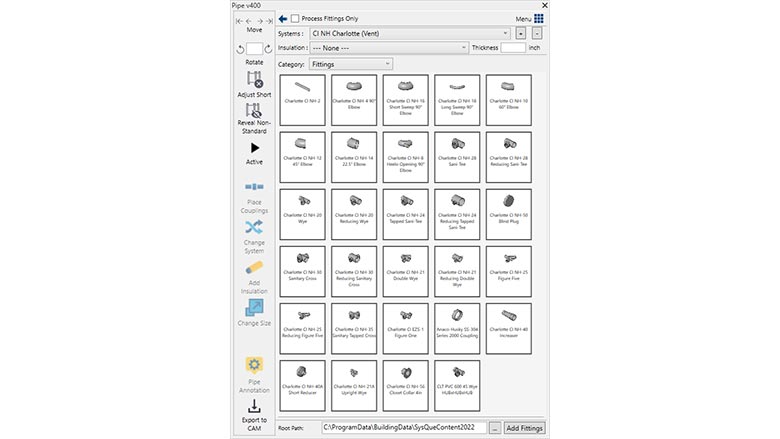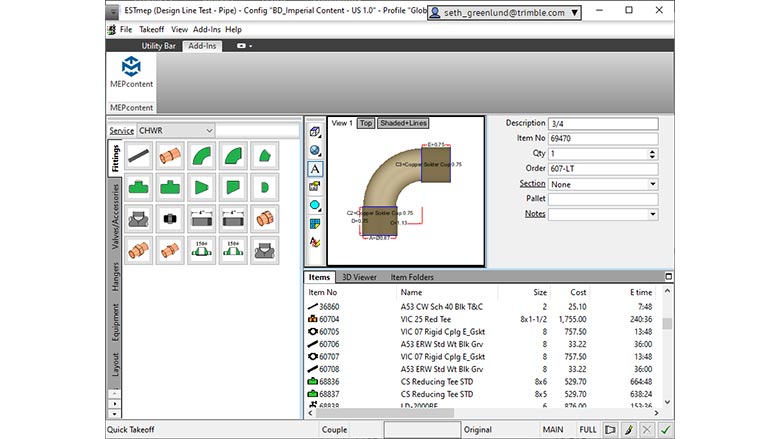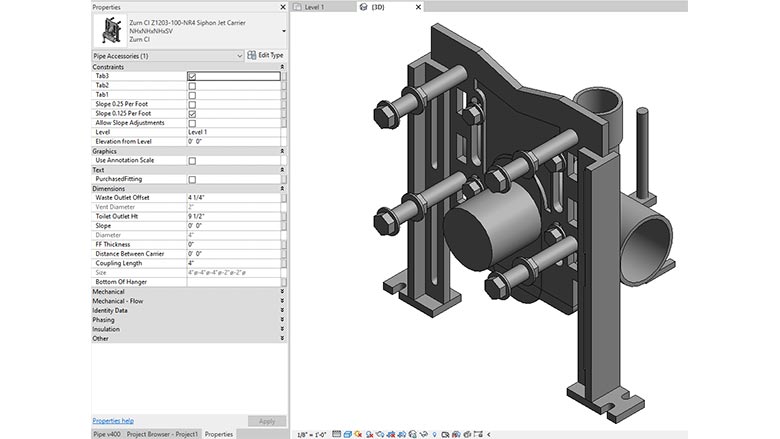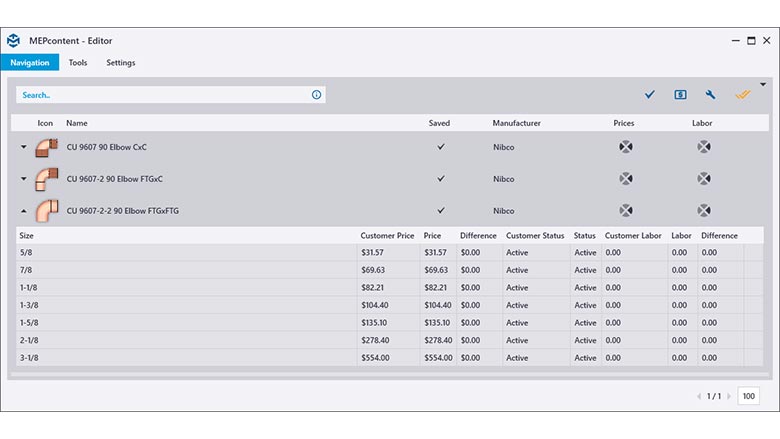In business, a decision based on incorrect information can have far-reaching consequences for an organization. This is not breaking news, of course, but consider this: Autodesk recently released a study in collaboration with consulting firm FMI Corp. on the prevalence of data usage in construction and the repercussions associated with data errors. It shows that “In 2020, bad data may have caused $1.8 trillion in losses worldwide and may be responsible for 14% of avoidable rework, which amounts to $88 billion in costs.”

In the building information modeling (BIM) market, the data of value is content that consists of essential information needed by BIM engineers including technical, visual, dynamic and geometric parameters that form the characteristics of a product. These ensure the virtual object used in a model behaves just as it would in the real world. You can imagine then the fallout from bad BIM content that would mimic the consequence mentioned above — very expensive and avoidable rework.
Given that the market is under more pressure than ever to deliver projects on time and budget, the depth of such a financial loss is a stark reminder of the importance of up-to-date and accurate content. The fact is that bad content in the design and detailing industry is like a malignancy: It spreads throughout an organization and infects all business processes that rely on accurate information. How can we plan, model, estimate or fabricate if we aren’t certain that our foundation is solid?
Bad content, bad outcomes
In the design and construction industry at large, where decisions are almost always made in an environment where some amount of content is required, operating with bad content poses a significant risk there will be a bad outcome. In BIM specifically, how a business leverages the content in its models is directly correlated to the quality of its estimates, decision making, digital workflows and project management capabilities.
Bad content is:
- Inaccurate: Content was collected with the right intentions, but errors occurred along the way;
- Outdated: Content is now obsolete;
- Incomplete: Pieces of content are completely absent;
- Irrelevant: Content cannot be used for its intended purpose; and
- Redundant: Content is duplicated.

Can organizations afford to ignore this? A recent study by Dodge Data & Analytics found that for contractors, critical benefits — including improved client satisfaction and design quality, risk reduction through increased stakeholder buy-in and reduced errors and rework, and additional meaningful sustainability and operational efficiency benefits — are experienced at a much higher level by those who are engaged with precise BIM.
Businesses with quality and accurate BIM capabilities also experience improved win rates and increased percentage of successful projects, quality benefits like a reduced number of constructability issues onsite, reduced defects at handover, and many cost control, schedule, and safety benefits. The industry is competitive; shortfalls in BIM processes and outcomes make the difference between profit and loss.
On top of an impact on internal company processes and profitability, BIM issues caused by bad content can also damage a company’s reputation. As an example, if a BIM detailer puts the wrong size fitting into their model because they don’t have access to the correct one, and this is only realized on-site, it can result in delays that have domino effects. This is a bad look, and the effect of a poor reputation is long-lasting — it takes 40 positive customer experiences to undo the damage done by a single negative assessment.

Design more, manage less
Engineers and contractors have options that allow them to utilize data content that is managed externally, allowing them to focus on what they’re good at; designing and implementing construction specialties.
In an industry that is increasingly leveraging technology, content is everywhere, all the time. However, figuring out how best to organize, update, and most importantly, maximize the numbers and insights called “content” generally only happens when something has gone awry.
In those cases, employees are often put to work to manually correct content and remove any replications. Research into accurate items, dimensions and prices can take significant time and resources that could otherwise be spent on revenue-generating activities, and often result in a significant deficit to a company’s bottom line. A managed option, then, seems like a no-brainer.
What would it take for a group of employees to compile millions of brand and part-specific MEP objects? And then, how would they organize it to provide a clear, logical view of the data in a way that improves accuracy, validity and efficiency? What happens when that employee leaves? Does anyone else understand the data the management processes to keep it relevant?

Data is constantly changing
Another outcome of the rapid adoption of technology in the construction industry is the sheer volume of content generated throughout a project lifecycle. This should prompt stakeholders to ask themselves how much of it can be used to make informed and actionable decisions. The right tools are critical for designers and detailers to be successful in their work, but sadly, the norm is that a substantial amount of content created is unusable. Oftentimes, this is because changes occur constantly and without someone managing the implications of that within a company’s database, it very quickly goes “bad."
Modelers are not hired to be content administrators, but they do need a safe source of project data that ensures the latest information is always available to those who need it. After all, these individual pieces of BIM content are the building blocks that are necessary for them to do their jobs effectively and efficiently. Sadly, the truth is that even though the BIM industry is adopting technology at an unprecedented pace, most businesses still collect and manage their data using manual processes, and those are only addressed after repercussions from the use of bad content. According to CNBC, 88% of spreadsheets have errors, and those compound, given how quickly content can change. It can be disastrous.
Consistency is key
Despite the increase in data volume throughout the construction industry, significant challenges remain in the ability to easily access and manage it, whether from the office or the field. Overcoming these challenges requires one thing first: A single, common data environment (CDE). When access to project content is centrally located and when the content itself is consistent, efficiencies flourish, as does your bottom line.
This is why it is essential to use both managed content and integrated distribution tools in your modeling workflows; a vast managed content library has no value if it can’t be shared effectively. The outcomes of this strategy are clear: Standardization across organizations, enhanced collaboration and efficiency, lower risk, improved decision making and reduced re-work are all enjoyed when companies can leverage a single, dependable source of truth.
Bad content and poor quality information are never intentional. In fact, in most cases, they are the result of good intentions. Nonetheless, costly outcomes and degraded reputations often occur when foundational content is inaccurate.
People are expensive, but subscriptions are not. Choosing technology that delivers managed, up-to-date content that is easy to understand and share will ensure that content isn’t only accessible, it’s actionable. This will deliver value — to both building processes and businesses themselves — for years to come.




